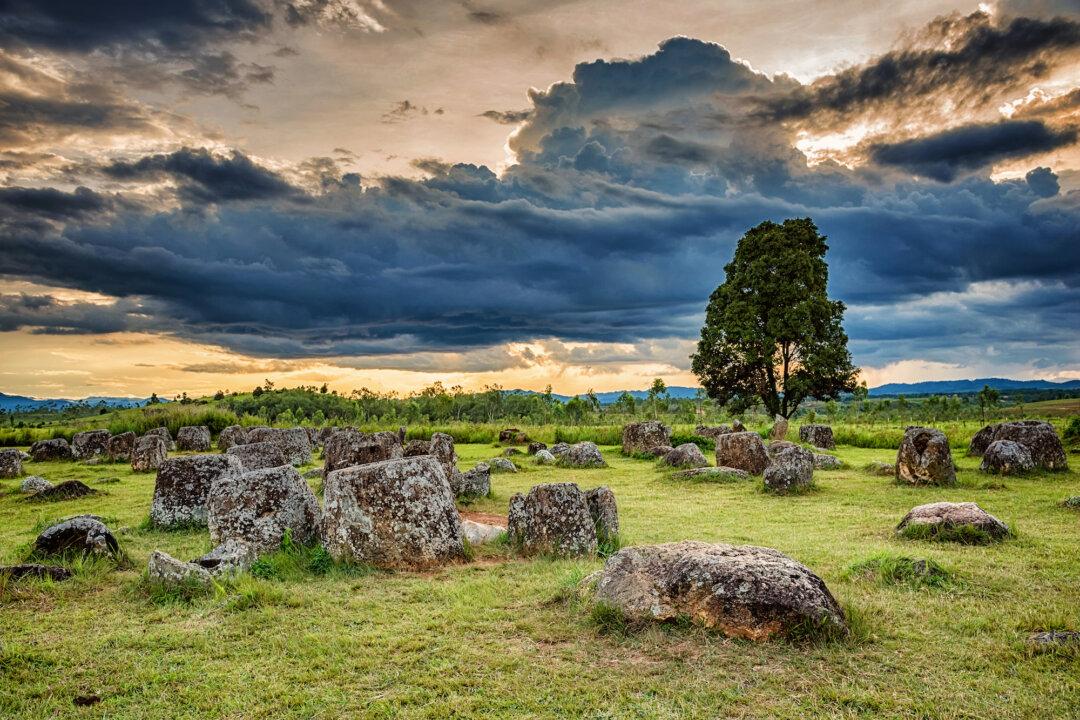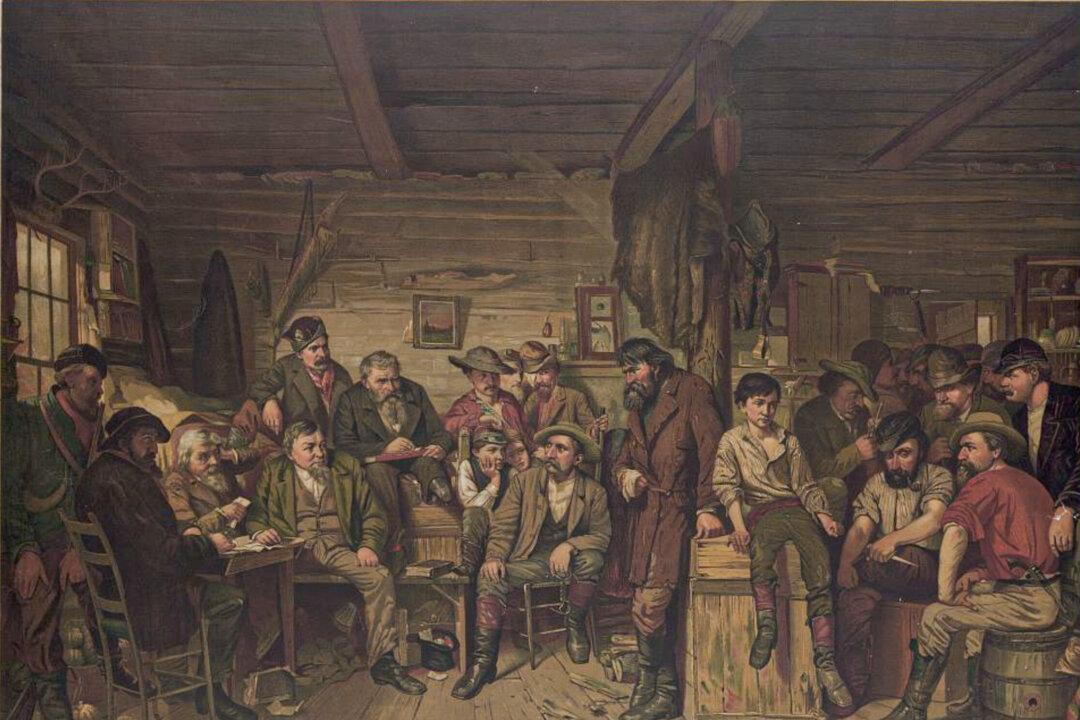Laos became known as the “Forgotten Land” in the years following the Vietnam War. Located between its more popular neighbors—Vietnam, Thailand, and Cambodia—Laos has been relatively isolated from the West since the war ended and the communist Pathet Lao government took over in 1975.
However, the past decade has seen Laos open up to visitors, who discover a friendly people, beautiful scenery, and a simple lifestyle. The Lao people are some of the friendliest and most easy-going people anywhere. Visitors are hailed with the greeting, “Sabaidee” and a smile. And this is despite the suffering from the Vietnam War. Reminders from the war are still ever present, with more bomb craters per square foot than anywhere else on the planet. The Lao people have responded by turning the craters into fishponds and shell casings into flowerpots.





